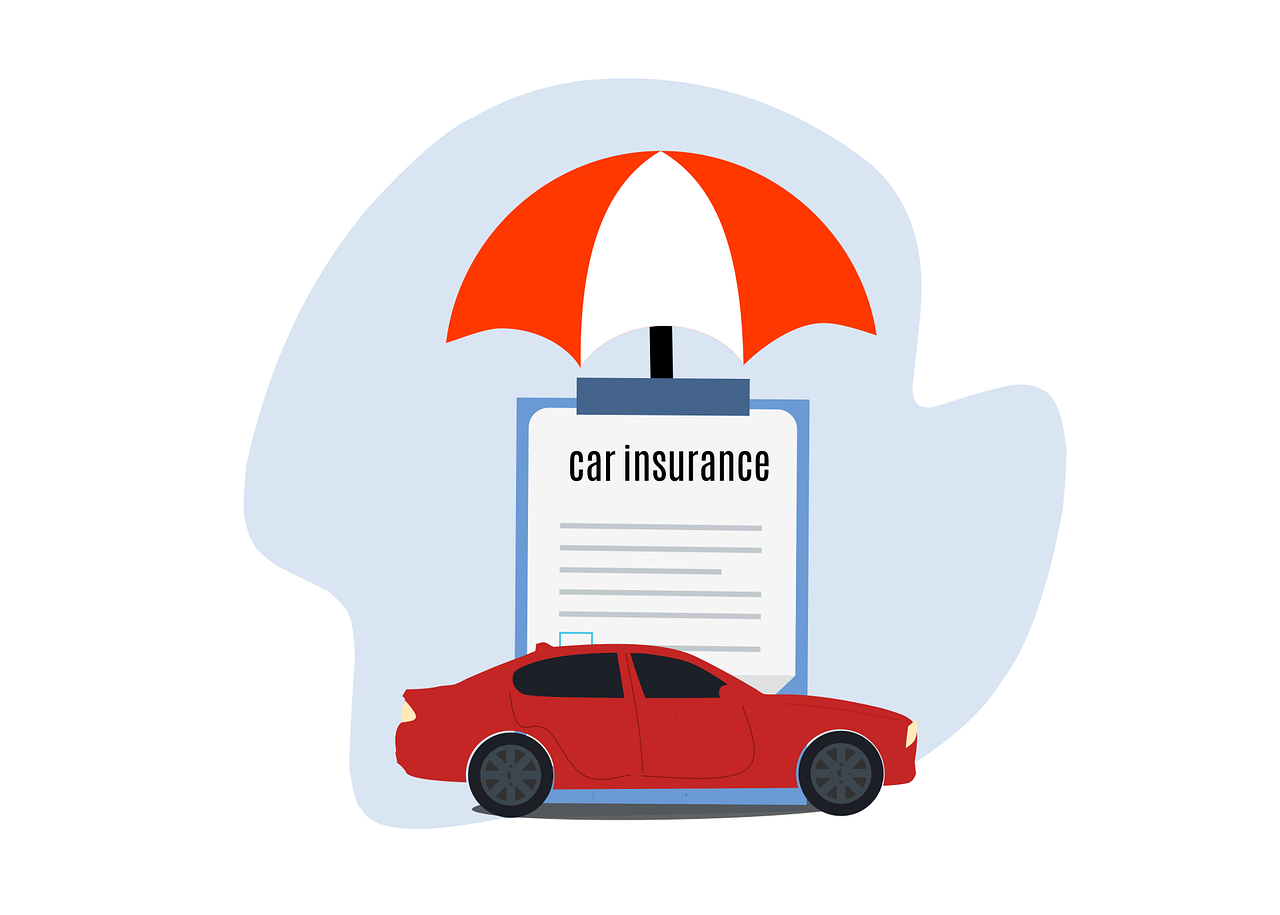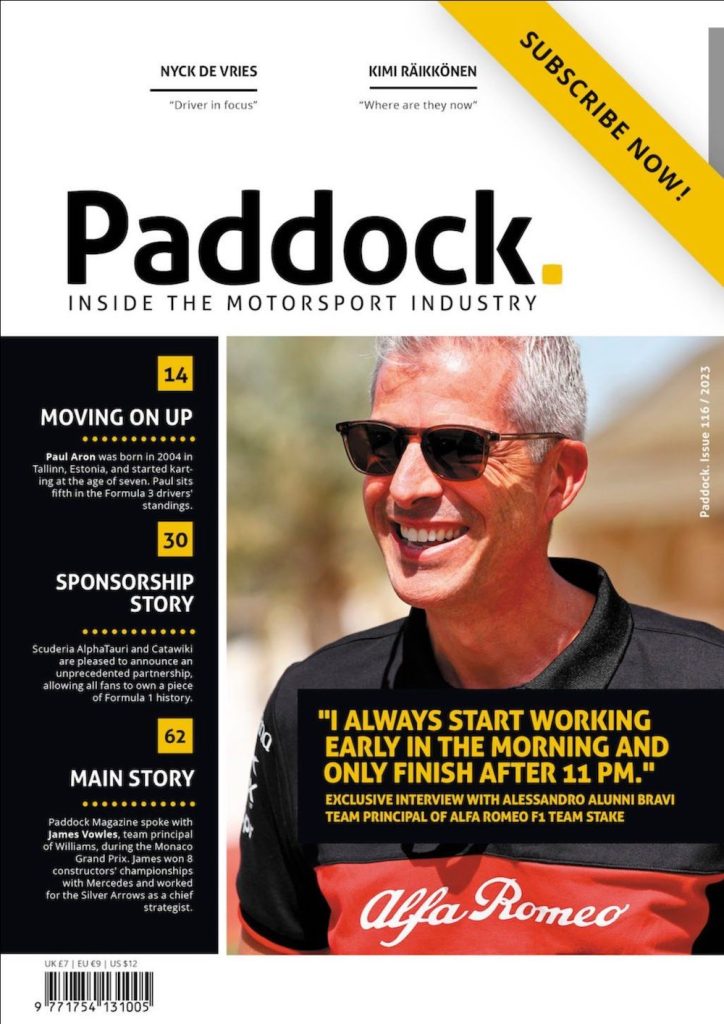In a world where uncertainty lurks around every corner, there’s one thing we can all agree on: our vehicles are our trusted companions on the road of life. Whether it’s the daily commute, a weekend escape, or a cross-country adventure, our wheels carry us through it all. But what happens when the unexpected strikes? That’s where the importance of shielding your ride with the right vehicle insurance options comes into play. In this blog post, we’re about to embark on a journey that delves deep into the world of vehicle insurance, uncovering the essential coverage options to ensure your peace of mind on the open road. Let’s get to the list.
Liability Coverage
Liability coverage is a fundamental component of vehicle insurance that protects you financially in the event you are responsible for causing injury or property damage to another party in an accident. This type of auto insurance is typically required by law in most regions, and it comes in two primary forms: bodily injury liability and property damage liability. Bodily injury liability helps cover medical expenses, rehabilitation costs, and potential legal fees associated with injuries sustained by others due to your actions.
Property damage liability, on the other hand, helps cover the costs of repairing or replacing another person’s vehicle or property that you damage in an accident. Liability coverage helps ensure that you are financially protected and can meet your legal obligations in case of an at-fault accident.
Comprehensive Insurance
Comprehensive insurance, often referred to as “comp,” is a vital coverage option that protects car buyers from a wide range of non-collision-related risks. It covers damages caused by events such as theft, vandalism, natural disasters (like floods or wildfires), falling objects, and animal collisions. Essentially, it provides a safety net for unexpected incidents that can harm your vehicle.
While not typically required by law, comprehensive insurance is often recommended for drivers who want to safeguard their investment in their vehicle. It provides peace of mind knowing that you’re financially protected not only in accidents but also from a variety of unpredictable and uncontrollable events.
Collision Insurance
Collision insurance is a crucial component of vehicle coverage that specifically addresses damage sustained in accidents involving collisions with other vehicles or objects, regardless of fault. This coverage by most insurance companies helps pay for the cost of repairing or replacing your vehicle, ensuring that you can get back on the road quickly after an accident. Whether you’ve hit another car, a tree, or a guardrail, collision insurance steps in to cover the expenses, reducing the financial burden on you.
While collision coverage isn’t mandatory in all situations, it is often required if you have an auto loan or lease, as lenders want to protect their investments. This insurance provides valuable support for vehicle owners, ensuring that they can recover from collision-related damage with greater ease.
Uninsured Motorist Insurance
Uninsured motorist insurance is a critical safeguard that protects you in the unfortunate event of an accident with a driver who lacks adequate insurance coverage or is entirely uninsured. This coverage helps cover your medical expenses, property damage, and other losses when you’re involved in an accident caused by an uninsured or underinsured driver.
In some regions, it may also extend to hit-and-run accidents where the at-fault driver cannot be identified. Uninsured motorist insurance provides financial security, ensuring that you’re not left to shoulder the costs when the responsible party cannot cover your damages, making it a valuable addition to your auto insurance policy.
Underinsured Motorist Insurance
Underinsured motorist insurance is an essential component of auto insurance that provides protection when you’re involved in an accident with a driver whose insurance coverage is insufficient to cover your losses fully. In such cases, the at-fault driver’s insurance might not be enough to pay for your medical bills, vehicle repairs, or other expenses resulting from the accident.
Underinsured motorist insurance steps in to bridge the financial gap, helping you avoid out-of-pocket costs in situations where the responsible party’s coverage falls short. It offers peace of mind and ensures you have adequate support to recover from an accident, even when the other driver’s insurance is inadequate.
Personal Injury Protection Insurance
Personal Injury Protection (PIP) insurance is a coverage option that goes beyond traditional auto insurance, providing medical expenses and sometimes even additional non-medical expenses coverage for you and your passengers, regardless of fault in an accident. PIP typically covers medical bills, rehabilitation costs, lost wages, and funeral expenses, depending on the policy and state regulations.
One of its notable features is that it often provides benefits promptly, without the need to establish fault or wait for legal proceedings. PIP is especially valuable in no-fault insurance states, as it ensures that individuals receive necessary medical and financial assistance swiftly following an accident, regardless of who caused it.
Medical Payments Coverage
Medical Payments Coverage, often abbreviated as MedPay, is an optional component of auto insurance that assists in covering medical expenses resulting from injuries sustained in an accident, regardless of who is at fault. MedPay can help pay for hospital bills, doctor’s fees, ambulance charges, and even funeral expenses, depending on the policy.
Unlike Personal Injury Protection (PIP), MedPay does not typically cover other non-medical costs or lost wages. It offers a supplementary layer of protection, particularly beneficial for those who have health insurance deductibles to meet or want to ensure swift access to medical care for themselves and their passengers after an accident, helping alleviate the financial strain of unexpected medical bills.
Gap Insurance
Gap insurance, short for Guaranteed Asset Protection insurance, is an optional coverage designed to protect vehicle owners from financial loss in situations where their car is declared a total loss, and the insurance payout is insufficient to cover the outstanding loan or lease balance. It bridges the “gap” between the car’s current market value and the amount you owe to your lender or leasing company.
This coverage is particularly useful for individuals who finance a new car, as it ensures they won’t be left with significant debt if their vehicle is stolen or severely damaged in an accident. Gap insurance provides peace of mind and helps prevent financial setbacks in unfortunate circumstances.
Understanding the various vehicle insurance options is essential for making informed decisions about your coverage needs. Liability coverage ensures you meet legal requirements, while comprehensive and collision coverage protects your vehicle from a wide range of risks. Uninsured and underinsured motorist insurance provides a safety net when others are inadequately insured, while personal injury protection and medical payments coverage offer crucial medical expense support. Gap insurance, on the other hand, guards against financial setbacks when your car is declared a total loss. Each of these insurance types plays a unique role in providing financial security and peace of mind on the road.







Related Articles